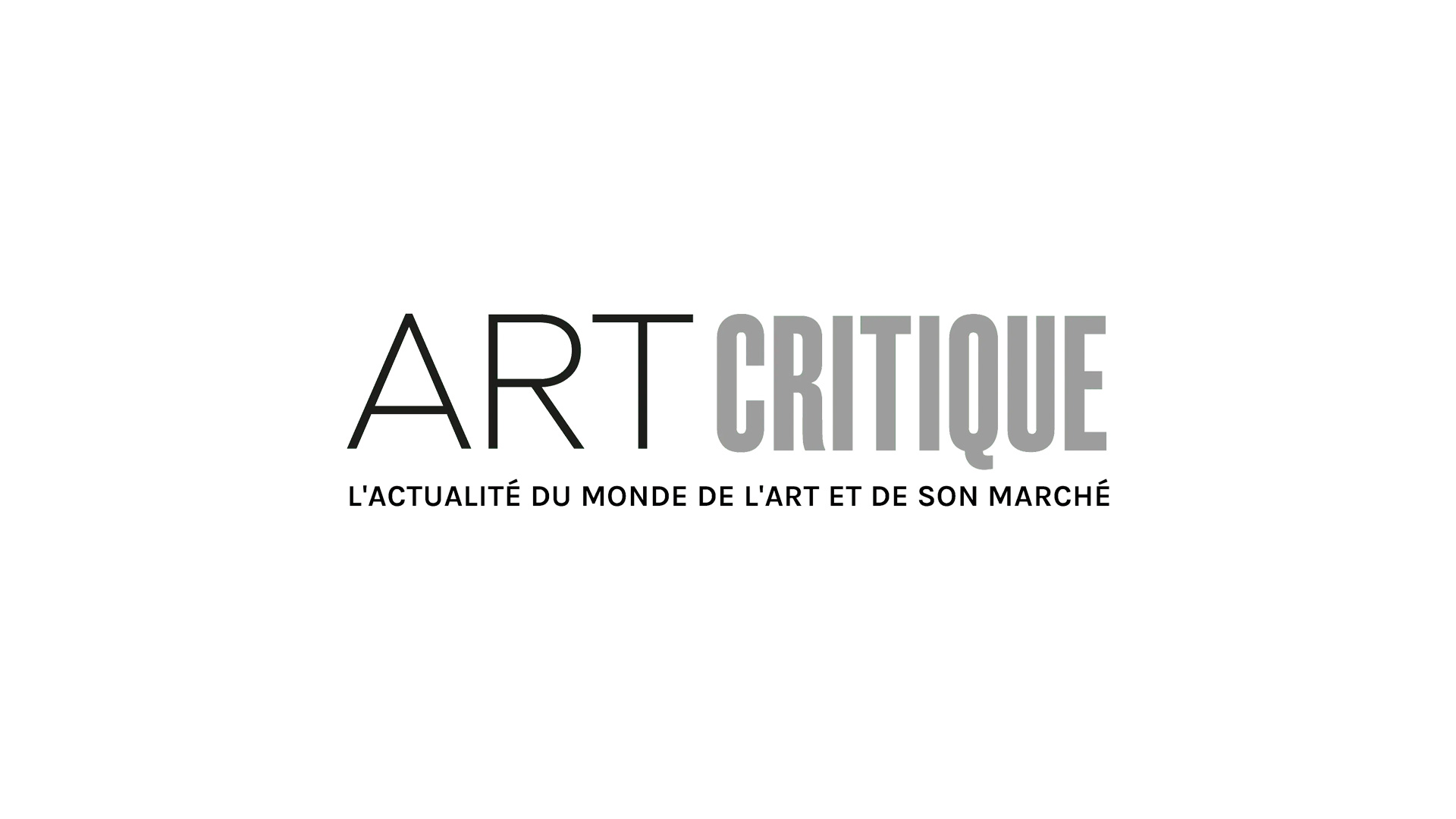Mundane, everyday materials find new life and beauty through the art of Tara Donovan and her exhibition, Fieldwork. For the first time, the artist’s free-standing and wall-based objects are presented together at the Museum of Contemporary Art Denver (MCA Denver). Despite the artist’s interest in non-architectural and non-landscape structures, both her two and three-dimensional works recall organic forms. Donovan transforms human-made materials into objects that someone might happen upon in nature: bundles of straws clustered into honeycombs, layers of tar paper coalescing into volcanic rock, or coils of Mylar commingling as cellular formations.
Tara Donovan, born in New York City in 1969, is represented by the Pace Gallery and has garnered several accolades, including the prestigious MacArthur Foundation “Genius” award (2008). Her practice morphs depending on whether she is producing two or three-dimensional works. “I’ve always used a gallery or a museum space as the studio in these large-scale installations. I make it small in my studio and just imagine it big. But there are a lot of intuitive decisions that have to happen on site,” she said in an interview with the curator of Fieldwork. Her smaller works are more personal because they are created in the studio and leave as a completed artwork. “These came out of a desire to have a more studio-based practice that wasn’t so reliant on moving around.”

The MCA Denver was founded in 1996, but its present building was designed by the acclaimed David Adjaye in 2007. The museum’s contemporary architecture attempts to minimize the boundaries between the city’s community and the museum’s galleries. Lofty interiors and expansive use of glass achieve this transparent effect. The exhibition space compliments Donovan’s work in that both the architecture and the artwork synthesize industrial-inspired forms with the natural geometry prevalent throughout Fieldwork. The exhibition – curated by Nora Burnett Abrams and Ellen Bruss – fills all three floors of the museum to create an engaging visual takeover of Donovan’s artworks.
On each level, wall-based works hang against white-washed walls, and freestanding sculptures pervade galleries. The curators placed two- and three–dimensional objects alongside each other to evoke the artistic progression from a study or drawing to the final sculpture. This juxtaposition is evident in the presentation of Transplanted, 2001/2017 and her prints, Untitled, 2009. While some groupings explore a particular medium or pattern, others are shown together for their similar manipulation of light, movement, and color.

Both Donovan’s Drawing (Pins), 2015 series created from thousands of nickel-plated pins placed onto gatorboard and her Untitled, 2017 plastic tube sculptures use mass-produced materials to invite the viewer to move around the works and discover their unique reflections or perspectives. According to Donovan “With a lot of these pieces, your peripheral vision is at play when you’re looking at them. They shadow the movement of your body. They are thick but somehow also transparent. So there’s a lot happening when you move around a piece–how that landscape shifts and changes–how it shifts back and forth between architecture and landscapes.”
MCA Denver’s intimate gallery spaces and spacious pockets of light underscore the fusion between creative ideas and place achieved by Fieldwork. The large-scale aspect of her work and her conscious play of light and movement engage the viewer to move in and around her objects. The combination of shapes, textures, reflections, and monochromatic palettes running through Donovan’s oeuvre evoke organic microcosms that form the artist’s imaginative universe. The exhibition opened on September 21, 2018, and will be up on view until January 27, 2019. Fieldwork warrants a visit to the Rocky Mountains and Denver’s avant-garde museum.





